Rising Demand for Preventive Dental Care
The increasing emphasis on preventive dental care is influencing the Dental Sterilization Market. As patients become more proactive about their oral health, dental professionals are adopting preventive measures that necessitate stringent sterilization protocols. This shift towards preventive care is reflected in the growing popularity of routine check-ups and cleanings, which require effective sterilization of instruments and equipment. Data indicates that preventive dental visits have surged by 20% over the past few years, prompting dental practices to enhance their sterilization processes. As a result, the demand for reliable sterilization solutions is expected to rise, driving growth within the Dental Sterilization Market. This trend highlights the importance of maintaining high standards of hygiene in the pursuit of preventive dental care.
Growth of Dental Practices and Procedures
The expansion of dental practices and the increasing number of dental procedures are driving the Dental Sterilization Market. As more individuals seek dental care, the volume of procedures performed is on the rise, necessitating effective sterilization methods to ensure patient safety. Market analysis suggests that the number of dental visits has increased by approximately 15% in recent years, leading to a corresponding demand for sterilization solutions. This growth is particularly evident in emerging markets, where access to dental care is improving. Consequently, dental practices are investing in advanced sterilization technologies to accommodate the growing patient base and maintain high standards of hygiene. This trend is likely to bolster the Dental Sterilization Market in the coming years.
Increasing Awareness of Infection Control
The rising awareness regarding infection control in dental practices is a pivotal driver for the Dental Sterilization Market. Dental professionals and patients alike are becoming increasingly cognizant of the risks associated with inadequate sterilization. This heightened awareness is leading to a greater demand for effective sterilization solutions. According to recent data, approximately 70% of dental practitioners report that they have upgraded their sterilization protocols in response to patient concerns. This trend is likely to continue, as educational initiatives and public health campaigns emphasize the importance of infection prevention. Consequently, the Dental Sterilization Market is experiencing a surge in demand for advanced sterilization equipment and products, which are essential for maintaining high standards of hygiene and safety in dental settings.
Regulatory Standards and Compliance Requirements
The stringent regulatory standards governing dental practices are a crucial driver for the Dental Sterilization Market. Regulatory bodies are continuously updating guidelines to ensure the safety and efficacy of sterilization processes. Compliance with these regulations is not optional; it is essential for dental practices to maintain their licenses and avoid penalties. Recent reports indicate that over 60% of dental practices have invested in new sterilization technologies to meet these evolving standards. This trend underscores the necessity for reliable sterilization solutions that adhere to regulatory requirements. As dental professionals strive to comply with these regulations, the demand for high-quality sterilization products and services within the Dental Sterilization Market is expected to rise.
Technological Innovations in Sterilization Equipment
Technological advancements are significantly shaping the Dental Sterilization Market. Innovations such as automated sterilizers, advanced chemical sterilants, and monitoring systems are enhancing the efficiency and effectiveness of sterilization processes. For instance, the introduction of steam sterilizers with improved cycle times and energy efficiency is gaining traction among dental practices. Market data indicates that the segment for automated sterilization equipment is projected to grow at a compound annual growth rate of 8% over the next five years. These innovations not only streamline operations but also ensure compliance with stringent sterilization standards, thereby fostering trust among patients. As dental practices increasingly adopt these technologies, the Dental Sterilization Market is poised for substantial growth.


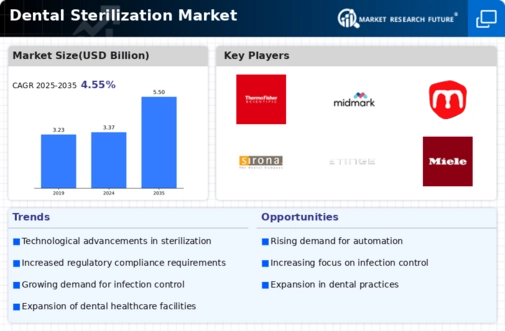
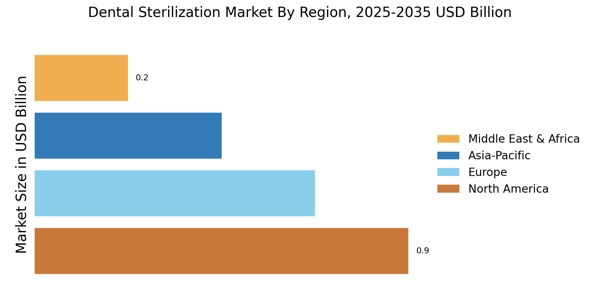
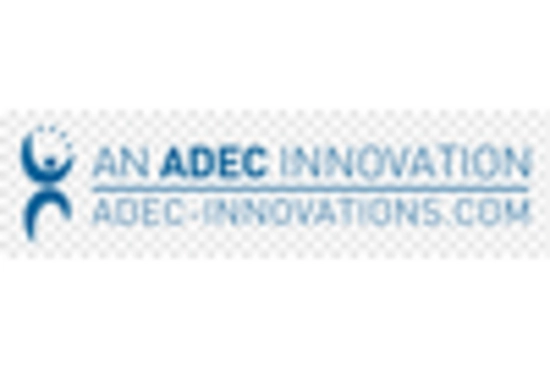

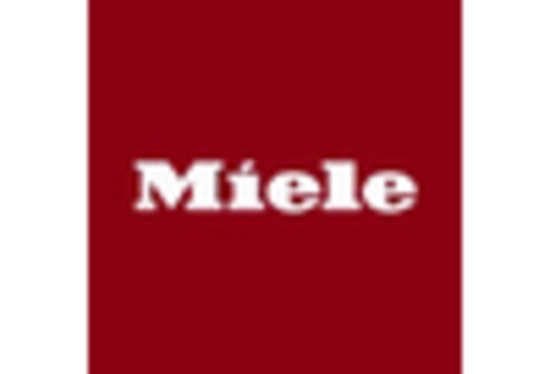
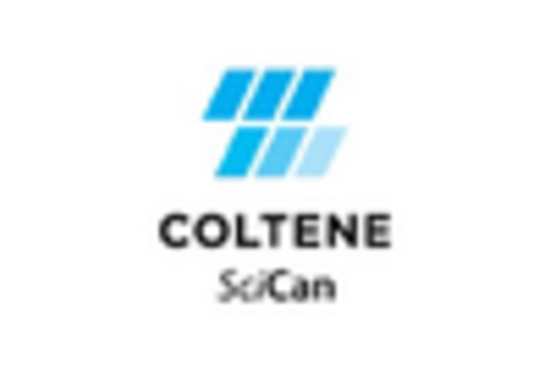
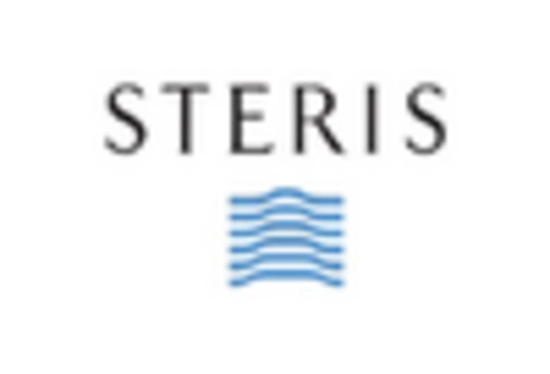
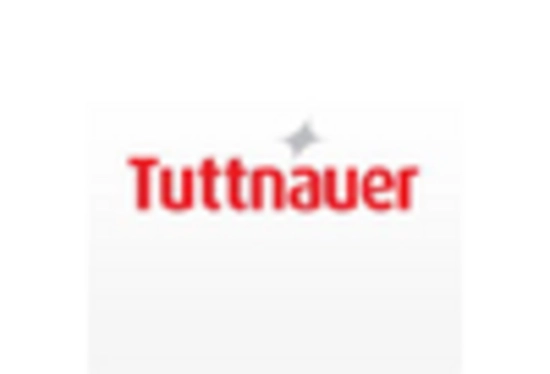








Leave a Comment